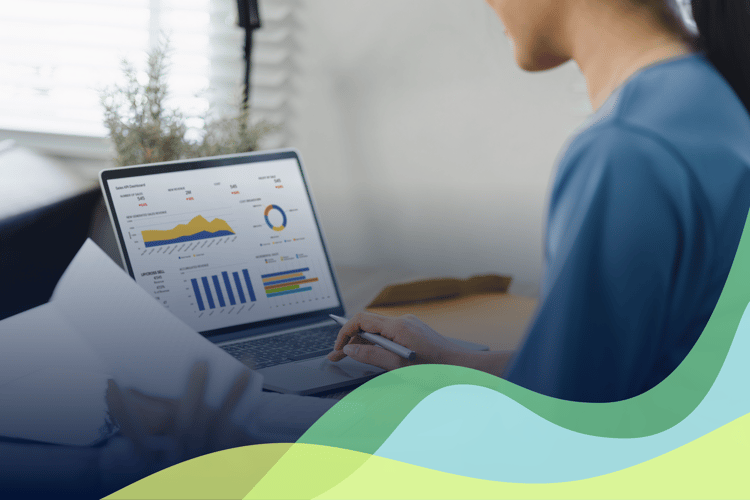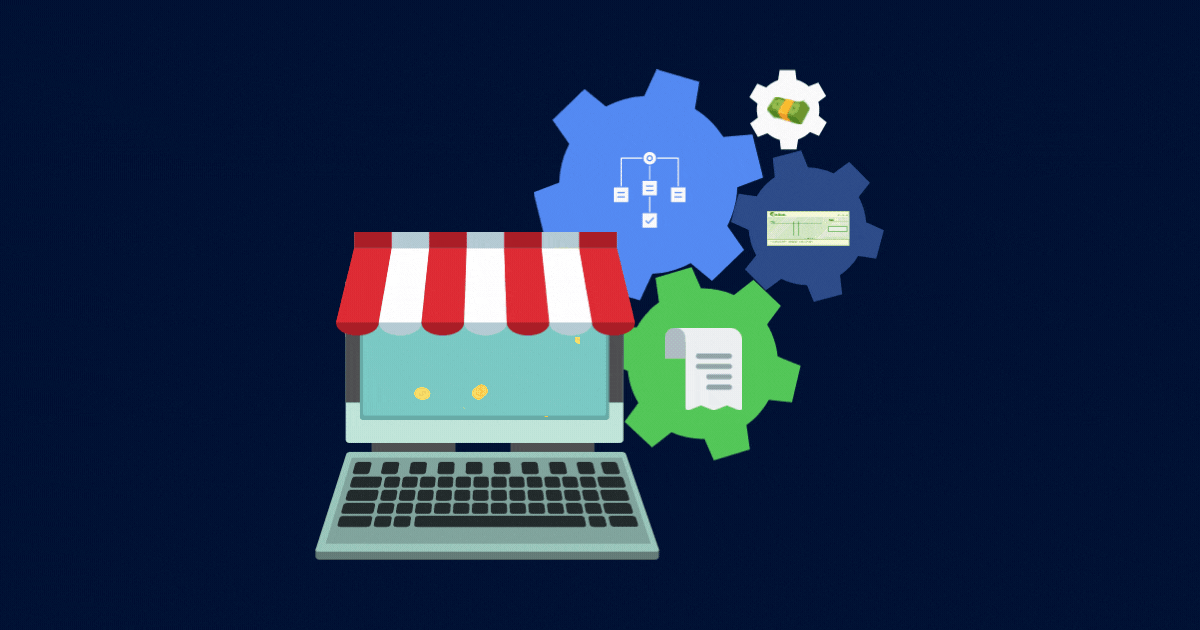
With challenges like inflation, labor shortages, and lack of access to capital, it’s no wonder business owners are turning to technology to alleviate rising pressures. In fact, over half of the world’s $370 billion technology spending came from SMBs, and 50% of American small business owners surveyed said they were likely to allocate more of their budgets to technology and infrastructure. Many owners are focusing on technology with direct bottom-line impacts that reduce labor costs and increase operating efficiencies.
There are clear benefits to implementing technology, including reducing time, effort, and costs — not to mention giving businesses the competitive edge they need to get ahead. According to a Microsoft survey, early technology adopters were more likely to report achieving business objectives and growing revenue compared to peers who were slower to adopt.

If you’re interested in using technology to your advantage, but intimidated about where to start, you’re not alone. It can be a complex process; you need to understand your key needs, consider your size and scale, as well as the ideal price point for your business.
To help you take the guesswork out of the process, we polled our customers — business owners and accounting professionals like you — to see what their must-have categories for technology are.
Check out their responses, plus recommendations from fintech expert Tal Schwartz, below.
For more advice on building your best fintech stack, watch our interview with Tal or check out this map of his recommendations.
1. General accounting software
Accounting software like Quickbooks, Xero, and Sage acts as the foundation to the rest of your fintech stack. Your accounting software will track your business transactions so you can digitally manage your books.
Ideally, this solution will integrate with the other elements of your stack, so keep that in mind when evaluating other fintech options. Integration will cut down on time reconciling between systems and will open up more cross-platform financial controls.
2. Making payments
You’ll need a solution that allows you to send payments — ideally with automation, so your workflows take less time and effort. The options you consider can do everything from receiving, managing, and matching invoices to overseeing payroll and taxes. Solutions should integrate with your general accounting software with a two-way sync.
When you need to make payments, Plooto gives you access to payment automation and complex user approvals. Also, Plooto has a two-way sync with QuickBooks and Xero, so you don’t have to manually re-enter contact information or reconcile transactions.
For making payroll payments, Tal Schwartz recommends Wave and Humi. For an easier tax season, our customers are fans of Taxpay.
3. Receiving payments
Receiving payments is fundamental to your business fintech stack and includes everything from invoicing to offering your customers a variety of payment methods. You’ll need solutions to make and send invoices, as well as set you up to receive payments online and in-person.
Depending on your business size and price-point, you’ll want to consider whether you want to invest in a general solution that covers a variety of functions from one place, or a specialist solution built for a specific function or business niche.

For specialist solutions in receiving payments, Tal Schwartz recommends Notch, Tab Commerce, and Sumo Quote.
4. Expense management
Expense software is vital to make sure your cash is going where you want it and it’s within your allotted budgets. Pay requests and approvals need to be monitored to ensure there’s no double-payments and to prevent unnecessary expenses.
Our customers recommend Float as a solution for expense management, and Tal Schwartz recommends Brex and Ramp.
Check out our full map of fintech must-haves from Tal Schwartz.
5. Future planning
As you make room for your business to grow, you’ll want software that helps you assess growth potential and make plans. You’ll need to be able to see your full financial picture as well as pull budgets, trend insights, and reports, so you can see where your processes require improvements.
For technology that models and plans, Tal Schwartz recommends Maxa, Fluence technology, and Quota.
When you’re shopping for solutions that integrate with your accounting systems and automate both your receivables and payables, consider Plooto. Plooto centralizes your payments on one platform, offers customizable payment approvals, and automates data entry to save you time. Try Plooto free for 30 days.
Want more insights into how businesses are faring and where they’re investing in tech for the future? Check out our full report.












